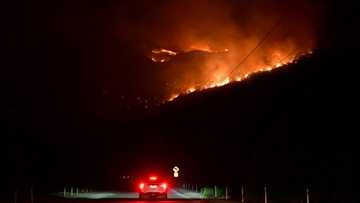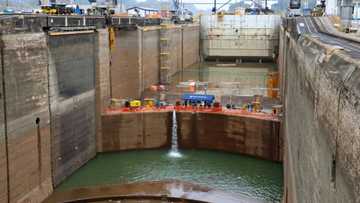Private satellites give boost to public sector in climate fight
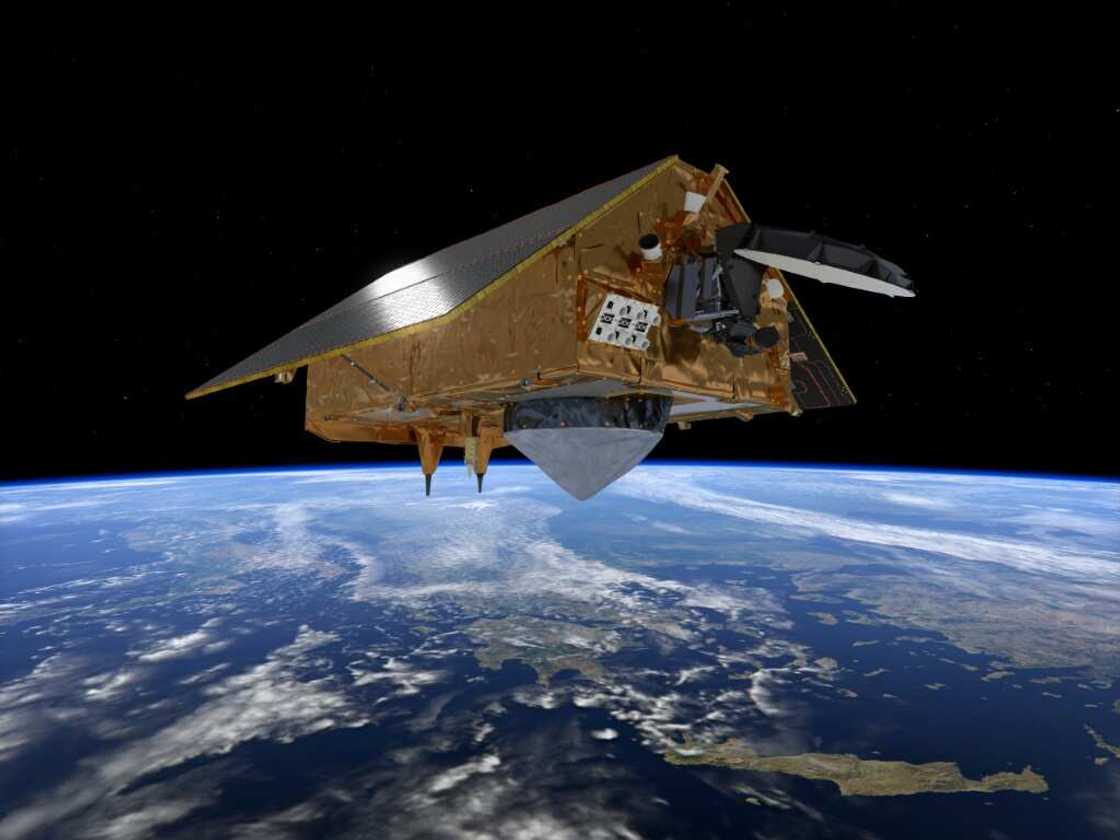
Source: AFP
PAY ATTENTION: Click “See First” under the “Following” tab to see Legit.ng News on your Facebook News Feed!
From satellites that can pinpoint the sources of industrial pollution, to others that track hurricane movements by the hour, space has emerged as a key front in the fight against climate change.
New launches are -- literally and metaphorically -- skyrocketing, and giving rise to increased cooperation between space agencies and private companies.
Among the most fruitful areas of collaboration: tracking greenhouse gas emissions.
The potent planet heating gas methane is regularly measured in the atmosphere by one of the satellites of the European Union Space Programme's Copernicus mission.
The spacecraft scans the entire globe, but its resolution is in the order of several kilometers, making it hard to zero in on the exact source.
That's where private companies can step in.
PAY ATTENTION: Сheck out news that is picked exactly for YOU ➡️ find the “Recommended for you” block on the home page and enjoy!
One of them, the Canadian GHGSat, currently has nine small satellites in orbit, each the size of a microwave. Their mission: to fly over oil and gas sites, looking for methane leaks. By orbiting at a lower altitude, they can take a detailed look at each site.
"Think of it as the wide angle lens camera, versus the telephoto lens camera," Stephane Germain, the company's founder, told AFP. The Copernicus team is in constant touch with GHGSat, telling them where to point their cameras.
GHGSat then sells its information to oil companies, such as Total, Chevron, ExxonMobil, and Shell.
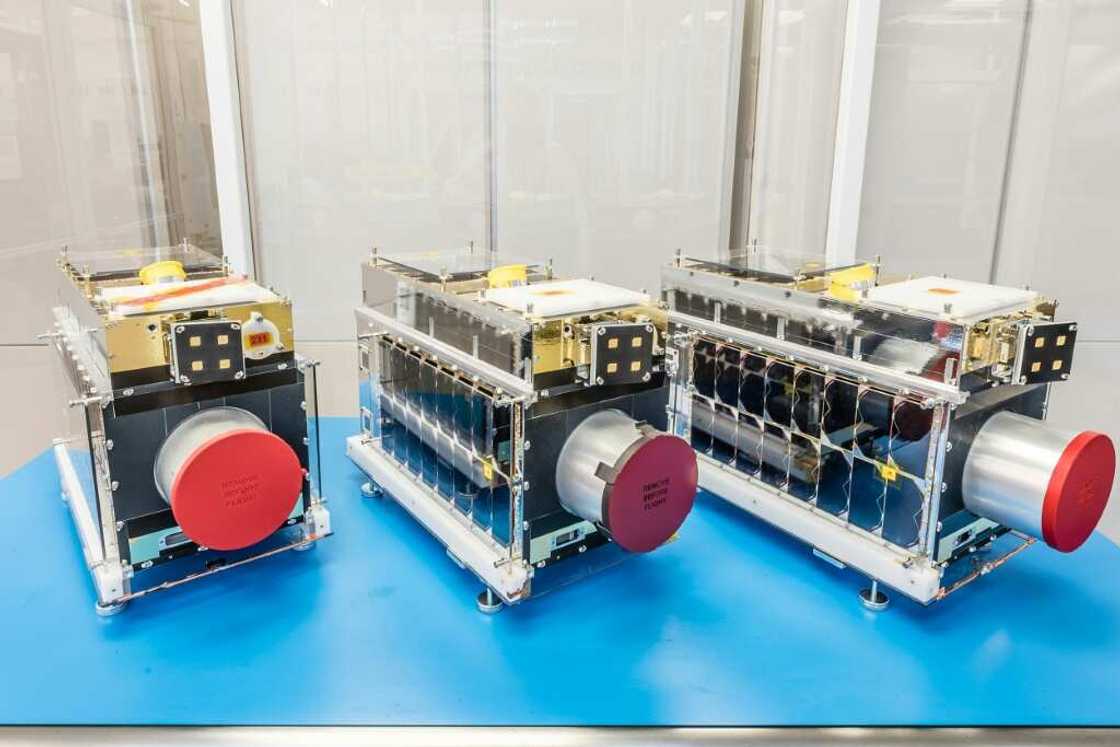
Source: AFP
"More and more companies are interested in that because they're realizing they have to better understand their own carbon footprints," said Germain, especially since their customers are insisting on better accounting of emissions' life cycles.
A common source of methane emissions are unlit flares, which are meant to burn off the gas.
GHGSat estimates it has prevented the equivalent of 10 megatons of carbon dioxide entering the atmosphere, equivalent to 1.3 million homes' energy use for a year.
Other companies plan to enter the sector, including France's Absolut Sensing. Another company, Kayrros, has no satellites of its own but is analyzing Copernicus data to track down the biggest leaks.
Technological advances

Source: AFP
"The big picture shows you that there is a problem. And the small one then focuses in higher resolution and sells information to somebody. So this works very well together," European Space Agency director Josef Aschbacher said of such public-private partnerships to AFP.
But government agency constellations -- comprised of mostly large, very expensive satellites -- remain the backbone of the Earth observation system.
Copernicus will soon enter a new era, with new missions such as CO2M measuring the carbon dioxide released specifically by human activities. NASA has about thirty Earth observation missions.
In the last six months alone, the US space agency has launched the SWOT mission to survey the Earth's surface water in unprecedented detail, TEMPO to measure pollutants in the troposphere above North America, and TROPICS, to track tropical weather systems, including hurricanes, hour by hour.
Advances in technology make it possible to measure today what was thought impossible just five or 10 years ago, said Aschbacher.
Better forecasts
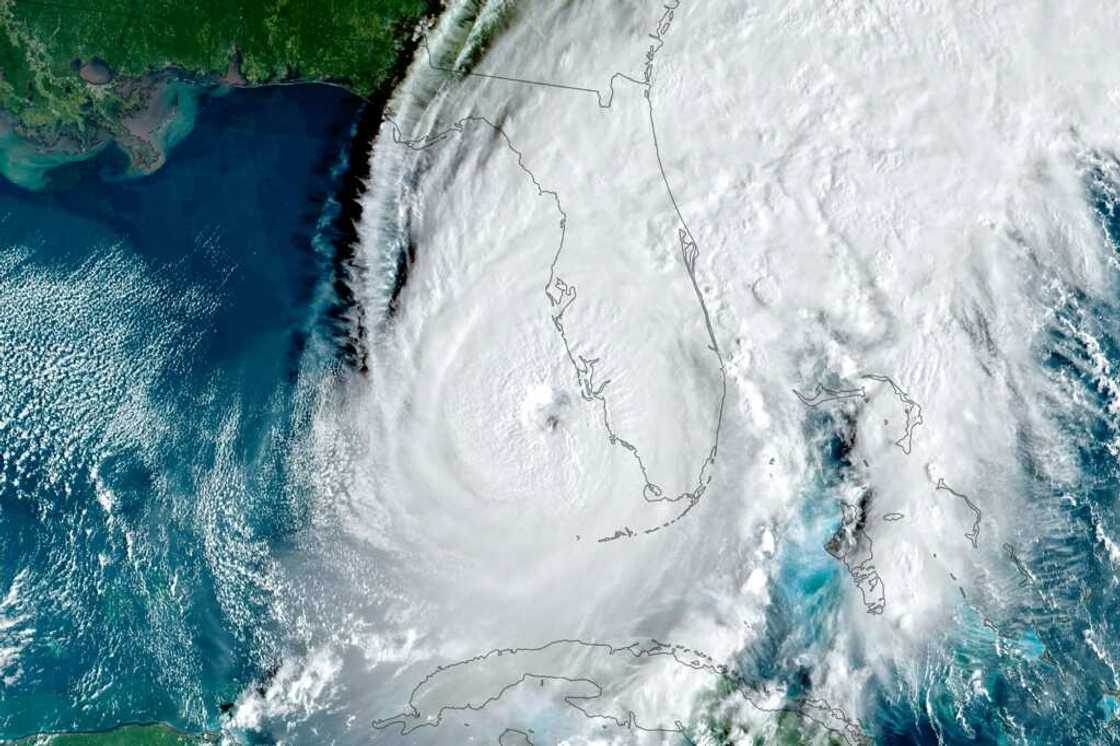
Source: AFP
In addition to these scientific missions, meteorological satellites, such as those overseen by the US National Oceanic and Atmospheric Administration (NOAA) and the European Organisation for the Exploitation of Meteorological Satellites (EUMETSAT), play a vital role.
Their data, collected over decades, have revealed stark shifts to global climate systems: from warming sea and land temperatures to receding Antarctic ice sheets, helping feed the models climate science relies on today.
But increasingly, they can also help play a major role in adapting to a heating world. To mitigate the impact of increasingly frequent natural disasters, "you've got to provide better forecasts," NOAA's chief scientist Mitch Goldberg told AFP.
The agency has been increasing its partnerships with the private sector. For example, it has teamed up with the company GeoOptics to collect information on the humidity or the temperature of the atmosphere.
According to a report by Inmarsat and Globant, if current satellite technologies were universally adopted, they could reduce carbon emissions by 5.5 gigatons -- quadrupling current reductions of 1.5 gigatons enabled by the sector.
These savings could be achieved by, for example, helping the aviation and maritime sectors decarbonize through voyage optimization, weather routing and air traffic control management.
Source: AFP




